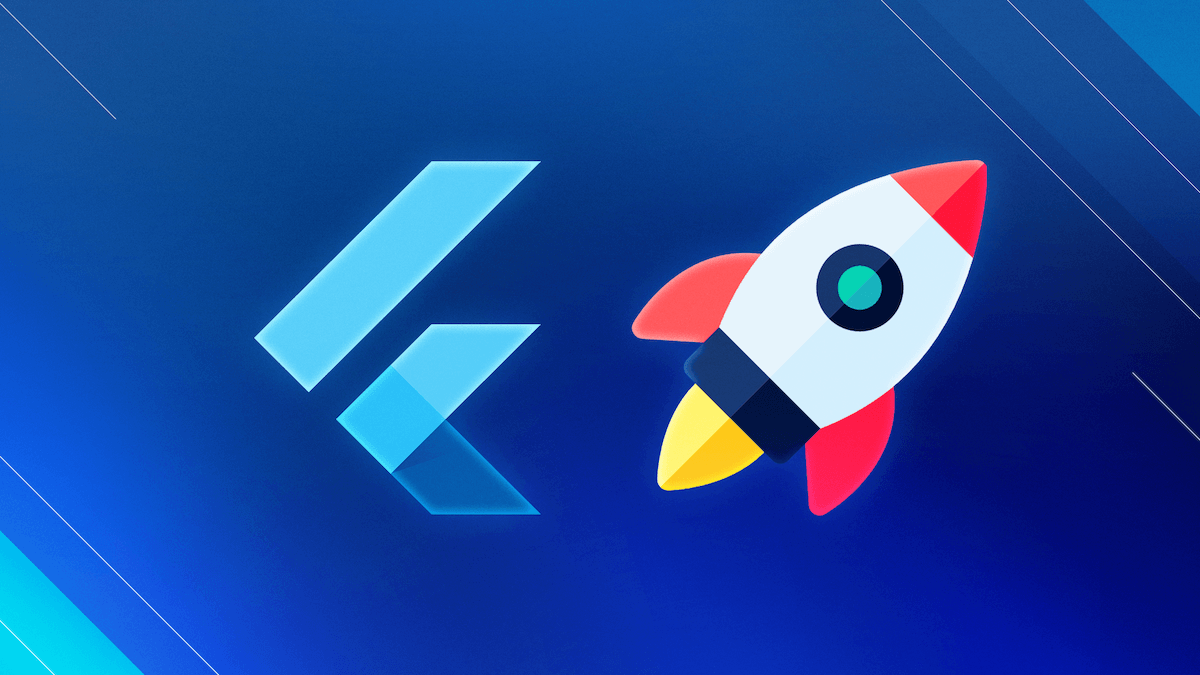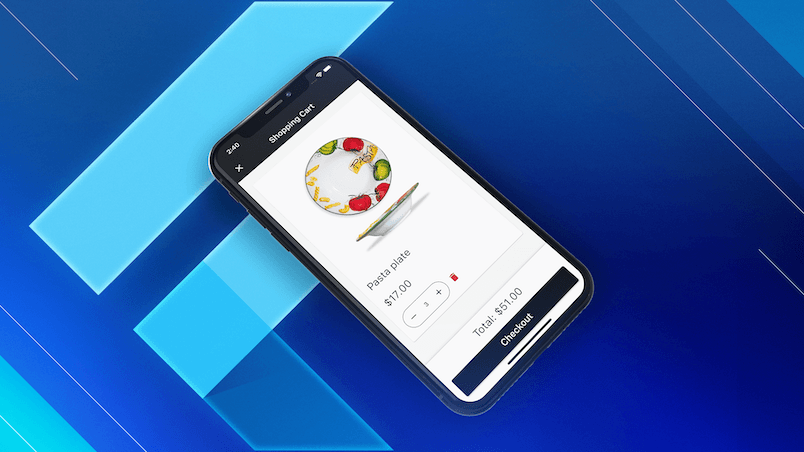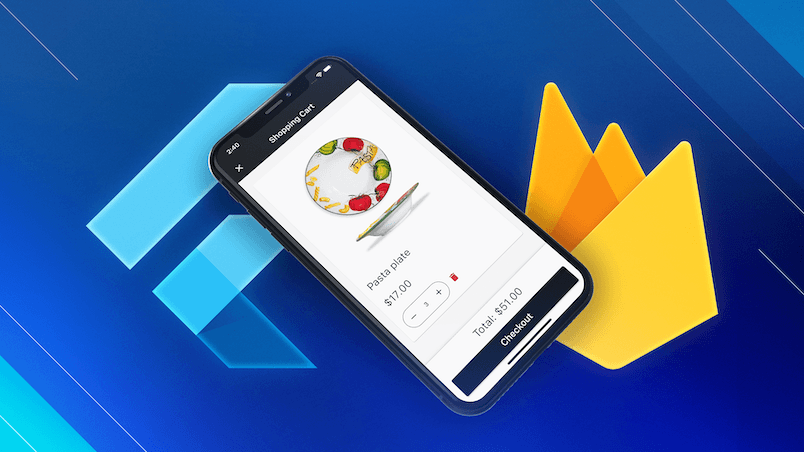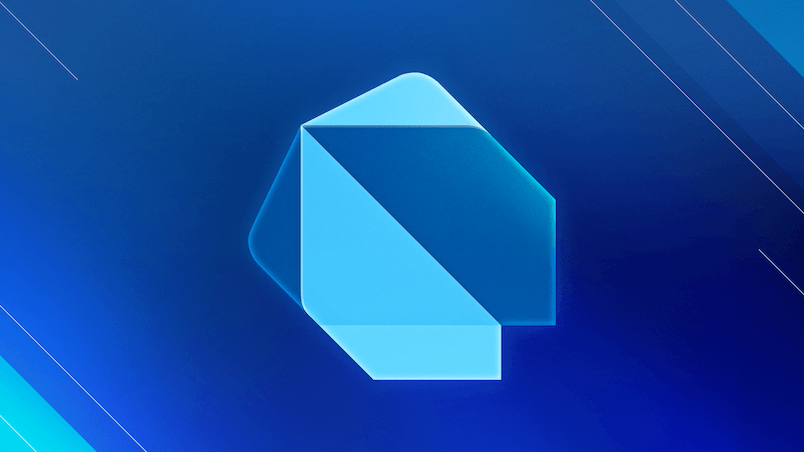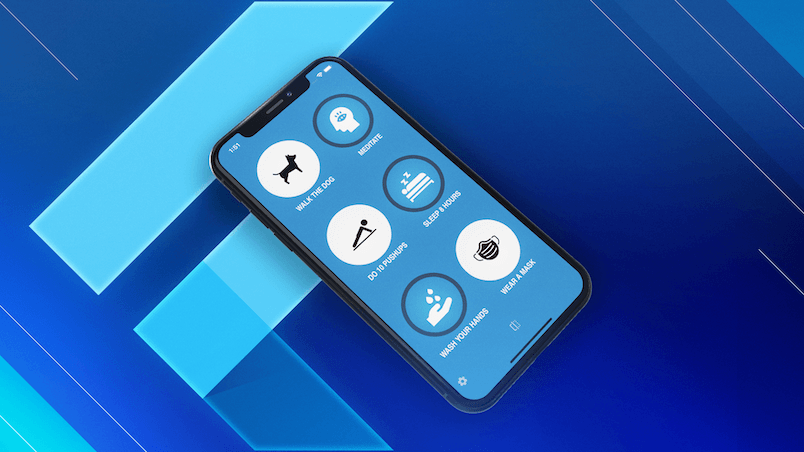This is my 36th monthly newsletter, and this means that I've been writing this Flutter newsletter for 3 years now (here's the full archive).
Much has changed since then, and while I was collecting links for this edition, I realized most of my bookmarks from this month were about AI, rather than Flutter.
Indeed, agentic AI tools have been dramatically changing my development workflow (in a good way), and the overall trend is too hard to ignore by now.
So, in this edition, I decided to include some relevant AI-related content that will help you expand your knowledge and stay up to date.
But before that, we need to talk about Apple Liquid Glass! 😅
Apple Liquid Glass
Apple announced all their latest software and developer SDK updates at WWDC 2025. Their keynote was focused on Liquid Glass, a visual refresh of their design system, based on a glass-like UI.

Initial reactions were mixed, with some people praising the new design system, while others criticized it for its poor contrast and accessibility (which was much improved in the second beta).
But what does this mean for us as Flutter developers?
Since Flutter draws every pixel (no native UI), apps using the existing Cupertino widgets risk appearing visually outdated on the upcoming iOS 26 release.
This triggered a new wave of "Flutter is dead" and "Flutter can't do this" comments, which were quickly followed by open source demos (such as this and this) showing how to achieve a very similar effect using shaders:

The whole conversation is very much in flux, and this umbrella issue was created to track Liquid Glass support in Flutter:
For now, you don't need to do anything. iOS 26 will be released in September, and many things are still subject to change.
AI Videos
This is my first AI-related newsletter, so I decided to share some good introductory videos that helped me improve my mindset about LLMs and AI in general. 👇
📹 Andrej Karpathy: Software Is Changing (Again)
Andrej Karpathy is an elite AI researcher and engineer, having worked as director of AI at Tesla and founding member of OpenAI.
In this video, he talks about the evolution of software development paradigms:
- Software 1.0 is written as traditional code
- Software 2.0 is written as neural networks, able to solve specific tasks (e.g. language translation) better than traditional code does
- Software 3.0 is written by LLMs programmed with natural language prompts
In his talk, Andrej likens LLMs to operating systems, and English prompts to programs.
He also describes LLMs as "stochastic simulations of people" with encyclopedic knowledge but also cognitive deficits like hallucination and "jagged intelligence".
As a result, he believes partial autonomy with human verification is the way forward, and, as a professional developer, I completely agree with his assessment.
If you have to watch only one video from this newsletter, make it this one:
📹 Karpathy vs. McKinsey: The Truth About AI Agents (Software 3.0)
I chose to feature this video because it's all about "war at the heart of AI" between business consultants (like McKinsey) and builders (like Andrej Karpathy).
Here are the two contrasting views:
- Andrej encourages viewing AI as a design problem. He emphasizes that current AI agents need significant human supervision, and that software should be designed with humans as validators, where AI generates and humans validate.
- MkKinsey focuses on "agentic mesh" and a world where agents and data can plug in like USB ports. The video criticises this as "fiction" that misleads CEOs and leads to failed enterprise AI projects.
Overall, consultants should be honest about the complexity and challenges of building AI systems. It is possible to take Andrej's Software 3.0 vision and tell good business stories, without oversimplifying things to the level of "USB plug and play".
More realism and less hype is the way to go:
📹 How I use LLMs
Yet another video from Andrej, this time about how he uses LLMs.
While this is intended for a general audience, it's a great overview about how LLMs work, along with the extra features they gained over the recent years.
Here's what's covered:
- Explanation of the concept of tokens
- Context window as working memory
- Pre-training and post-training
- Tool use (internet search, deep search, Python interpreter)
- Multimodality (text, images, audio, video)
Many examples are included, showing how you might use all these different features in your daily life (and not strictly related to coding).
If you have the time, I highly recommend it (maybe even share it with less technical friends & family 🙂):
I loved the top comment about this video: "Just canceled my wedding this weekend to make time to watch this" 😅
AI Articles
If you have digested the videos above and want to get your hands dirty with AI coding, these two articles are a great starting point.
📝 AI-assisted coding for teams that can't get away with vibes
Here's a very good article with tips for building high-quality software faster with AI.
Here are the main takeaways:
- AI is a multiplier: To make AI good, get good yourself. If you are a small coefficient, you won’t see much gain. If you are a negative coefficient, expect negative gains.
- What helps the human helps the AI: Software engineering is the art and science of maintaining a large body of well-defined mental models that achieve a business or economic need. A rich environment and context helps the AI work better.
- Tools and techniques in the editor: Use the best frontier models (don't cheap out), be excellent at providing context, implementing new features, refactoring, and debugging.
- Tools and techniques outside the editor: Use AI to grow your skills and knowledge, create extensive documentation, microfriction lubricants, code review, debugging and monitoring live applications, performance optimisations.
Read on for all the details:
📝 What Actually Works: 12 Lessons from AI Pair Programming
Another good article with practical tips and techniques that move the needle, from someone who spent 6 months pair-programming with AI.
I used most of these techniques in my own work, and can confirm they work:
Top tip: did you know that you can replace
github.comwithgitingest.comon any GitHub repo URL, and get a single text digest of the codebase? Super useful for feeding a codebase into a LLM. Try it here: gitingest.com
Latest from Code with Andrea
A couple of years ago, my opinion about AI was along the lines of "this is cute and somewhat useful". But only recently I started to see gains along the lines of "it just one-shotted a complex feature I couldn't tackle myself 🤯".
I haven't been this excited about coding for a long time, so much so that I decided to start making YouTube videos again, and share some of my experiences with AI. 👇
📹 Build Flutter Apps FASTER with Claude Code Opus 4
Here's a full crash course on how to use Claude Code to build a voice-activated timer app.
Inside, I share my dev workflow and tips for using Claude Code effectively, while showing you how to build the app from scratch, using AI to generate all the code.
Watch the video for a real glimpse of modern agentic AI coding:
📹 Code Review of Cashew App: Lessons from a Flutter App with 100k+ Downloads
By popular request, I also started a new video series where I dig into popular open-source Flutter apps to see how they’re really built.
The first video is about Cashew, a popular budget-tracking app with 100k+ downloads, and 100K+ lines of code, too! Inside, I offer a breakdown of an app’s architecture, patterns, code style, and so on.
If you've ever needed to make yourself familiar with a new codebase, or simply want to learn how big OSS apps are built, you'll like this format:
Until Next Time
That's a wrap up for my first AI-heavy newsletter. In this edition, I wanted to include some foundational content about AI, as well as practical tips, and share my first-hand experience building a Flutter app with Claude Code.
I have a ton of ideas for AI-related content in the future. But for now, I'd like to hear your opinion: did you like this new newsletter format? Is there anything specific you'd like me to cover? Or should I go back to the "Flutter-only" format?
Let me know on X (Twitter), LinkedIn or BlueSky.
Thanks for reading, and happy coding! 🎉

